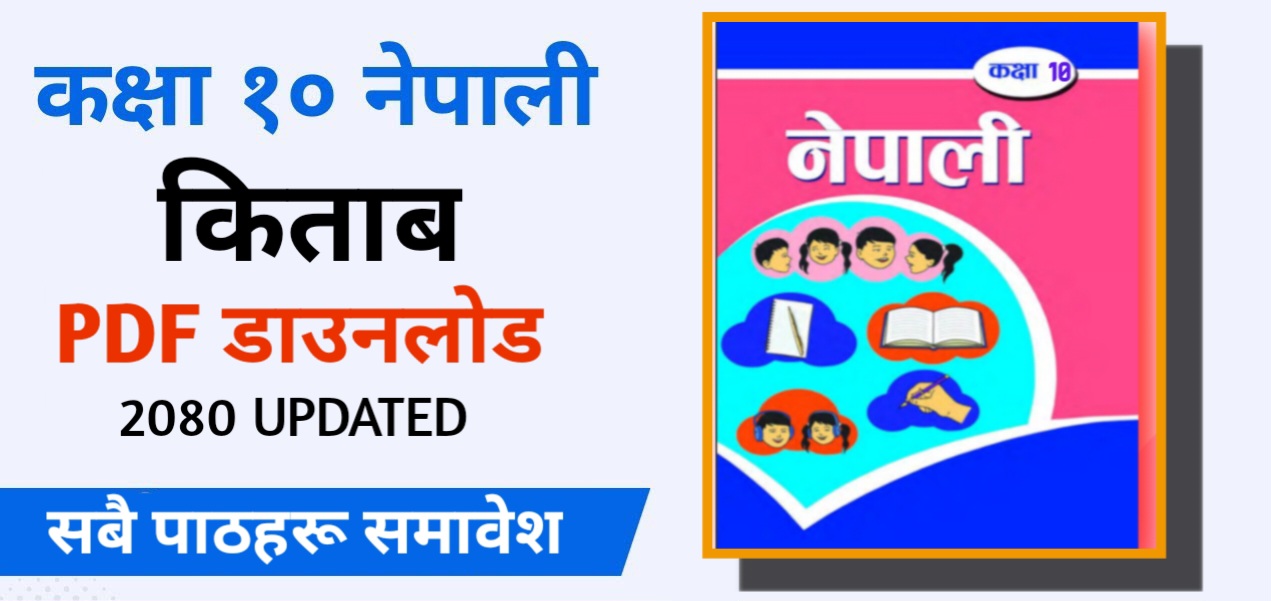Permutation and Combination Class 12 Mathematics Solutions
Permutation and Combination Class 12 Mathematics Solutions has been updated according to the latest syllabus of 2080. It means the solutions of Combinations and Permutations chapter provided in this article contains all the new exercise that has recently been updated. Now you don't need to go anywhere searching for the notes of permutations and combinations because we are here to serve you.
Chapter - 1
Permutation & Combination
We very often come across problems in which we have to compute the number of ways a set of objects can be arranged under some conditions. As examples concerning these problems, we can have, in particular in the probability theory. To tackle them we have to study different counting methods.
The study of counting methods comes under the field of combinatorial algebra. From this field, we have selected only the topics, permutation and combination which will prove helpful in our future study
Class 12 Permutations and Combinations chapter has 3 exercises in total and in each exercise we will learn the method of finding combination and permutations. We have listed the notes of all exercises. You can click on the buttons given below to view exercise-wise notes.
The Basic Principle of Counting
This principle can be best understood with some examples. Let us consider two letters A₁ and A₂ and see in how many ways they can be arranged in a row. This consideration leads us to the following principle known as the basic principle of counting.
Exercise - 1.1
This PDF will provide the solutions every question solutions from the 1st exercise of class 12 permutation and combination chapter. If you want the solutions of other exercises then you can select the exercise from the button given below.
Note: Scroll the PDF to view all solutions
Please do not share this PDF on any website or social platform without permission.
What does the solutions PDF contains?
In the first exercise of permutation and combination chapter there are only 10 questions to be solved by students. The question are very simple and students can easily solve them by looking at the examples given. Now talking about the solutions PDF, it contain the solutions of the questions given below.
- A football stadium has four entrance gates and nine exists. In how many different ways can a man enter and leave the stadium?
- There are six doors in a hostel. In how many ways can a student enter the hostel and leave by a different door?
- In how many ways can a man send three of his children to seven different colleges of a certain town?
- Suppose there are five main roads between the cities A and B. In how many ways can a man go from a city to the other and return by a different road?
- There are five main roads between the cities A and B and four between B and C. In how many ways can a person drive from A to C and return without driving on the same road twice?
- How many numbers of at least three different digit numbers can be formed from the integers 1, 2, 3, 4, 5, 6?
- How many three different digit numbers less than 500 can be formed from the integers 1,2, 3, 4, 5, 6?
- Of the numbers formed by using all the figures 1, 2, 3, 4, 5 only once, how many are even?
- How many different digit numbers between 4000 and 5000 can be formed with the digits 2,3,4,5,6,7?
- How many numbers of three different digit numbers can be formed from the integers 2, 3, 4, 5, 6? How many of them will be divisible by 5?
If you want to practice the questions without looking at the solutions PDF then you can definitely do that. It will help you to increase your knowledge and understanding. You can check your answer from the answers provided below. If you have done any mistakes then you can check the solutions PDF to know the right method of solving that problem.
- 16
- 30
- 210
- 20
- 240
- 1920
- 80
- 48
- 60
- 60,12
Worked Out Examples
Example 1: 8 buses run between Kathmandu and Biratnagar. In how many ways can a man travel from Kathmandu to Biratnagar and return by a different bus?
Solution:
A man can travel from Kathmandu to Biratnagar by 8 different ways. As he has to return by different bus, so he can return by 7 different ways. Then by the basic principle of counting. the total number of ways = 8×7=56.
Example 2: Find how many numbers of two different digits can be formed from the integers 1, 2, 3 and 4?
Solution:
There are 4 choices for an integer in the ten's place and 3 choices in the unit's place. Then by the basic principle of counting, there are altogether 4.3 12, two-digit numbers that can be formed from four given integers.
Example 3: How many odd numbers of three digits can be formed from the integers 1, 2, 3, 4 and 5?
Solution:
For the three digits odd numbers, the digit in the unit's place must be 1, 3 or 5. So, the unit's place can be filled up in 3 ways. After filling up the unit's place, 4 integers are left. The ten's place can be filled by 4 ways and hundred's place by 3 ways. Then by the basic principle of counting, the number of three digit odd numbers=3×4×3=36.
Example 4: In a certain election, there are four candidates for president, six for secretary and only two for treasurer. Find in how many ways the election may turn out?
Solution:
There are four choices for president, six for secretary and two for treasurer. As they are all independent of one another, by the basic principle of counting there are 4.6.2 = 48 ways in which the election may turn out.
Example 5: How many three digit numbers less than 400 can be formed from the digits 1, 2, 3, 4, 5, 6 if no digit is repeated? How many of these are divisible by 5.
Solution:
The numbers formed must be of three digits and less than 400, so the digit in the hundred's place must be 1, 2 or 3. Thus, there are 3 ways of filling up the hundred's place. After filling the hundred's place, 5 digits are left. So, the ten's place can be filled up in 5 ways and the unit's place by 4 ways
∴ no. of three digit numbers less than 400 = 3×5×4=60.
Again for the numbers divisible by 5, we fix the digit 5 in the unit's place. So, there is only one choice for filling up the unit's place. There are 3 ways of filling up the hundred's place and 4 ways of filling up the ten's place.
∴ no. of three digits numbers less than 400 and divisible by 5 = 1×3×4=12.
If the solutions PDF of permutation and combination chapter was helpful to you then feel free to leave your comments sharing your thought and opinions. You can also join our telegram channel to remain connected with us. We keep on posting all the latest news and notes in our telegram group. So we'll be happy if you be a part of that family.








